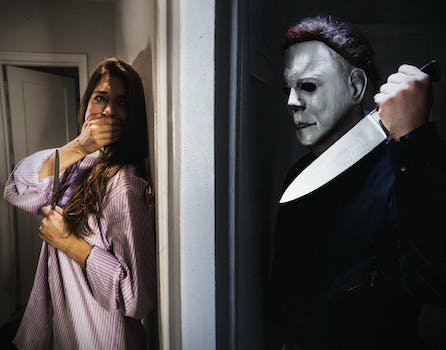Classic Horror Movie Reviews: A Technical Look
Horror movies have been a staple of cinema since the early days of film. From classic monsters like Dracula and Frankenstein to more modern villains like Freddy Krueger and Michael Myers, horror movies have always been a popular genre among movie-goers.
But what makes a horror movie truly great? Is it the scares, the gore, or the psychological torment? In this article, we’ll take a technical look at some of the best horror movies of all time and explore what makes them so effective.
Top Horror Movie Villains
No discussion of horror movies would be complete without mentioning some of the most iconic villains in cinema history. Here are a few of our favorites:
- Dracula
- Frankenstein’s Monster
- The Wolfman
- The Mummy
- Michael Myers
- Freddy Krueger
- Jason Voorhees
Each of these villains has their own unique style and method of terrorizing their victims. Whether it’s Dracula’s hypnotic gaze or Freddy Krueger’s ability to enter your dreams, these villains have become synonymous with the horror genre.
Underrated Horror Films
While the above villains are certainly iconic, there are plenty of other horror movies that deserve recognition. Here are a few underrated horror films that you should check out:
- The Babadook
- It Follows
- The Witch
- Hereditary
- The Invitation
These films may not have the same name recognition as some of the classics, but they are no less terrifying. Each of these movies uses different techniques to scare their audience, from slow-building tension to jump scares.
The Technical Side of Horror
So what makes a horror movie truly effective? There are a few key technical elements that can make or break a horror film:
- Lighting: Proper lighting can create an eerie atmosphere and draw the viewer’s eye to important details.
- Sound: Whether it’s a creepy score or silence punctuated by sudden noises, sound is a key element in creating tension.
- Camera angles: A well-placed camera angle can create a sense of unease and make the viewer feel like they are being watched.
- Editing: Proper editing can create a sense of disorientation and keep the viewer on edge.
These are just a few of the technical elements that go into making a great horror movie. Of course, even the best technical elements won’t save a movie with a weak script or poor acting.
Conclusion
Whether you’re a die-hard horror fan or just looking for a good scare, there are plenty of classic horror movies and underrated gems to choose from. By taking a technical look at some of the best horror movies of all time, we can appreciate the artistry that goes into creating truly terrifying cinema.





